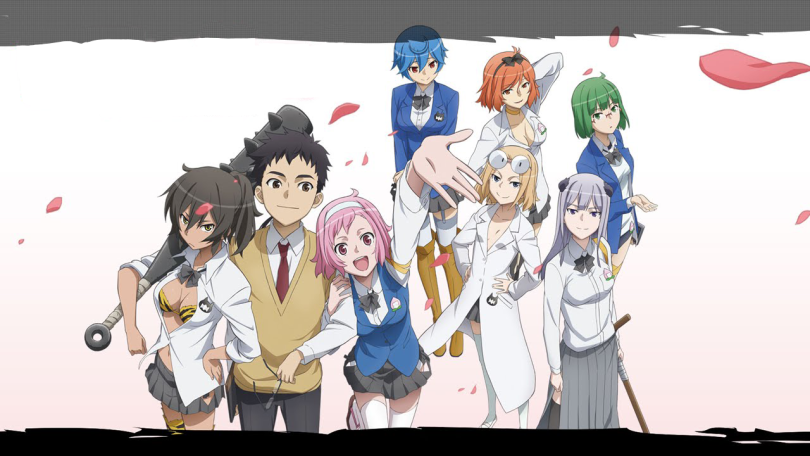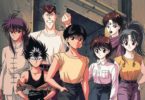Foreword:
As yet another excuse for lack of output on the blog (my apologies), I also felt the need to preface this particular review with a few words, as I have had a special connection to the subject matter before its release and during its run. My colleagues and I at Tenchiforum.com have vigilantly kept our fingers on the pulse of Ai Tenchi Muyo! since before it was first officially announced. All throughout its three months of airing we have kept the English-speaking world in the know via podcasts, public appearances, and most notably, translation of the source material.
Though I have provided commentary and support along the way, in reality all credit for English subtitles of the series goes to my friends and fellow film junkies known by their usernames Crazed, Dagon123, Nil Admirari, and TITANOFCHAOS. Suffice it to say, unless you’ve been there yourself, between translations, timecodes, cultural insights and a myriad of other miscellaneous minutiae, you can scarcely imagine how much work goes into such an undertaking. Thank you gentlemen for your dedicated efforts.
– J. G. Lobo
If ever there were modern-day testament to my former professor’s adage of a particular work being “art masquerading as popular culture,” in the anime world it would surely be Ai Tenchi Muyo! (2014). The latest installment in the multifaceted Tenchi Muyo! franchise, Ai essentially resurrects what would otherwise be a dying (albeit classic and fondly remembered) series for a new generation while catering to old-school fans.
Directed by veteran auteur Hiroshi Negishi—who has been intimately involved with previous incarnations such as the television adaptation Tenchi Universe (1995) and the feature-length films Tenchi Muyo! in Love (1996) and Tenchi Muyo! in Love 2: Haruka naru omoi (1999)—the fifty episode miniseries goes above and beyond its pragmatic function of promoting tourism for its native Takahashi and Okayama Prefecture (the real-life backdrop of the original OVA). It also accomplishes more than merely revitalizing a nineties staple for the current anime climate. Though encased in a veneer of conventional tropes and modern aesthetics, Ai is truer to its source material than any animated version since 1999. The original cast returns nearly in its entirety, and blends well with up-and-coming voice talent as venerable characters and new faces alike eloquently cohabit the screen. The show’s writing is remarkably keen and efficient, making full use of each episode’s four-minute storytelling window. Despite its unorthodox format, large ensemble of new characters, and its inherited, tarnished reputation brought on by its predecessors—the commercially ill-fated Tenchi Muyo! GXP (2002) and the financial debacle that was the third installment of Tenchi Muyo! Ryo-Ohki (2003–2005)—Ai Tenchi Muyo! has brought its forbearer back from the brink. It has renewed interest among viewers and proven that Tenchi Muyo! has marketability potential over twenty years since its heyday.
Available on Blu-ray shortly after the televised airing of its final episode, it will be interesting to find out not only how much remaining interest for Tenchi Muyo! as a whole resides in its home nation, but also abroad internationally, particularly in the West (as is the norm nowadays, it has already been subtitled by fans). As patrons speculatively await additional content (follow-up television series, manga, or even another movie), it would seem Ai Tenchi Muyo! continues the tradition of blissful irony insofar as its desirability parallels the time-honored juxtaposition of the series’ title (commonly translated as No Need for Tenchi!) and its subject matter of an irresistible plot device of a protagonist.
© 2014
Re-posted with permission here.







